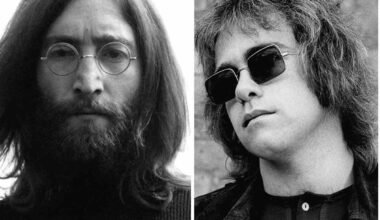Crosby, Stills & Nash had a rare kind of chemistry—an almost magical blend of voices that defined the sound of Laurel Canyon. But behind their flawless harmonies, tensions simmered. The addition of Neil Young to the mix only amplified the creative clashes, turning musical collaboration into something much more combative.
In an interview with Record Collector News in 2014, Graham Nash admitted he was initially hesitant about adding Young to the lineup. “I was the only one reluctant to bring Neil into the band,” Nash said. “And the reason was that we had spent the last few months making this incredible record (Crosby, Stills & Nash, 1969) and developing this beautiful harmonic sound, right?”
Before committing, Nash insisted on meeting Young face to face. “I said, ‘I can’t commit to this until I meet Neil. I gotta sit down with this cat. I wanna know who he is.’”
Though Nash ultimately approved of Young’s inclusion, he knew it would change the band forever. Young’s arrival brought a rougher, more jagged sound—one that often overshadowed the soft, intricate harmonies CSN had carefully cultivated.
One of the most noticeable shifts was in the dynamic between Young and Stephen Stills. The pair, both former Buffalo Springfield bandmates, had a long history of pushing each other musically. Their intense, dueling guitar style left Nash caught in the crossfire.
“This was pure toxic masculinity,” Nash recalled. “It became more evident when Neil joined. I’ve stood in the middle of Stephen and Neil countless times, with these two stags talking to each other through guitar riffs.”
Stills and Young’s competitive energy may have disrupted CSN’s original balance, but it also produced some of the band’s most electrifying performances. Whether their dynamic was a blessing or a curse is still up for debate—but one thing is certain: the band was never the same after the Y was added to CSN.








